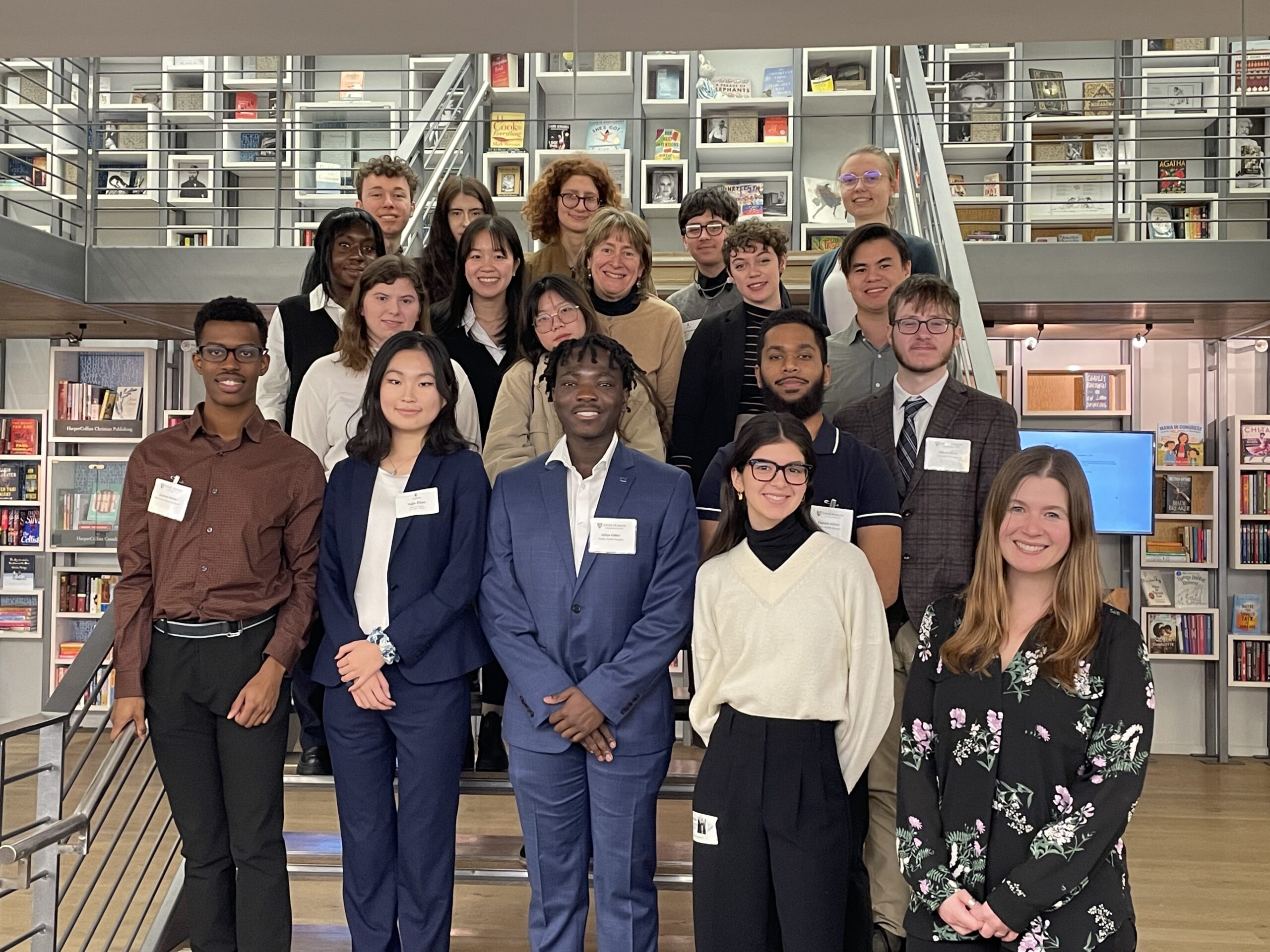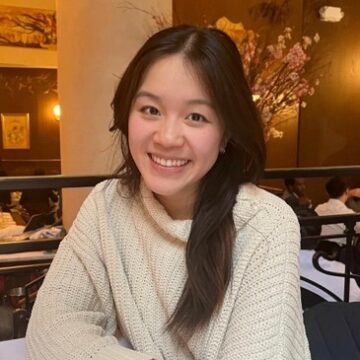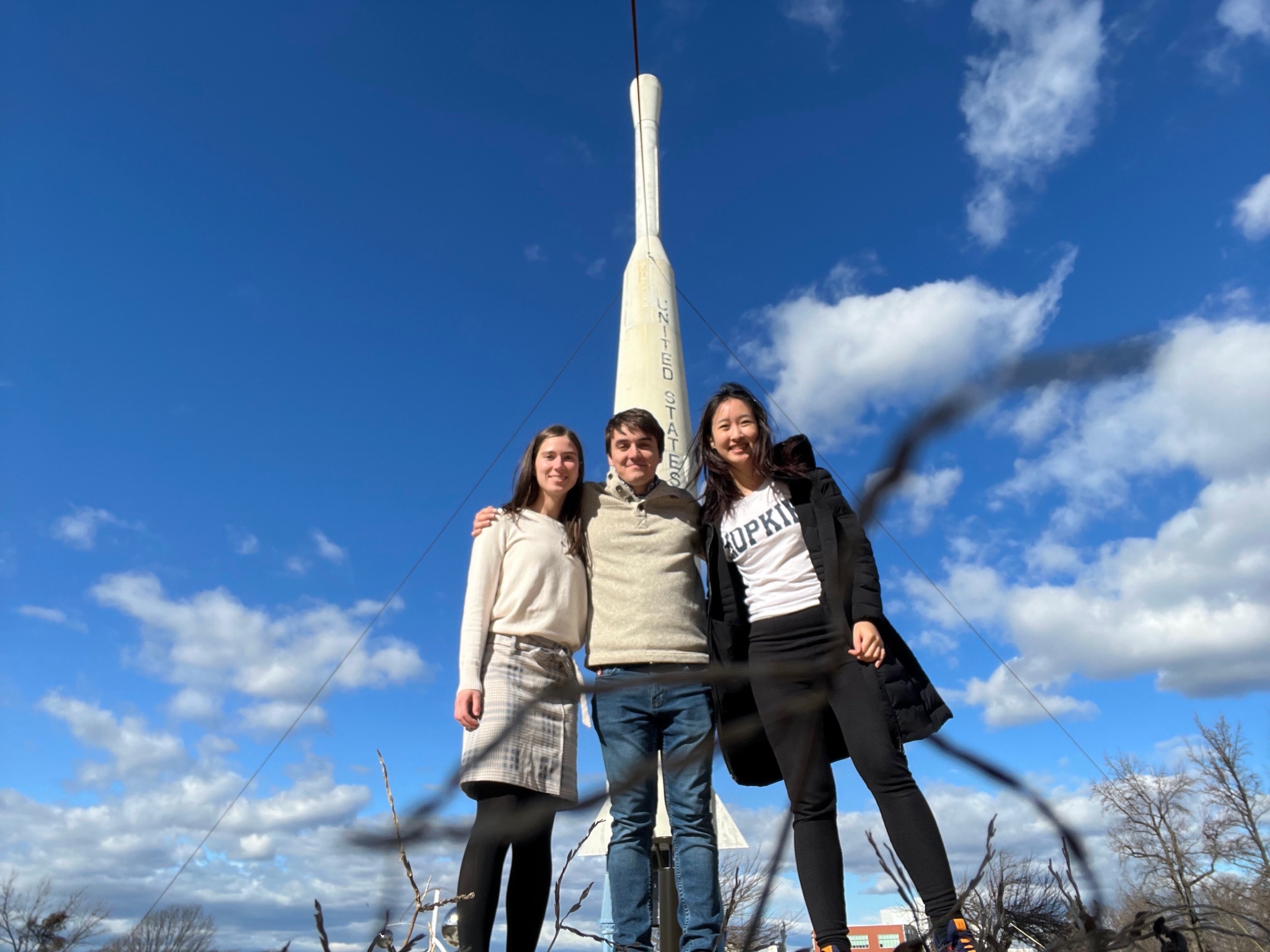
One of the best decisions I made this past semester was dropping a class that was already in my schedule to take a 400-level anthropology class, Anthropology of Design. I think it’s safe to say that in almost any conversation I have with someone, I find myself always relating back to ideas and concepts from the class. That’s when you know a class is good. When you leave and you can’t stop talking about it.
I found the course by literally typing in “design” as a search keyword in the course catalog. Here’s the course description:
From casinos to canoes, algorithms to animal traps, our worlds are bursting with intentional objects. The word design has come to evoke the prestige of such objects, and their power to shape our collective habits and sensations. This course explores the anthropology of designed artifacts and their complex social trajectories. Beginning with philosophical investigations into the relationship between materials, form, and craft, we will proceed through ethnographic case studies of design as expert discourse and ordinary practice. Ultimately we will consider the affinities between the ethnography and design as open-ended and not entirely predictable engagements with the world.
So obviously I saw the word “design”, but then I saw “algorithms” and “social trajectories” and “ethnography” and I knew that the course material would be extremely interesting. But I didn’t really know what “anthropology of design” really was, let alone that it was a real field in itself. Plus, I was nervous that it was a 400-level anthropology class of only about 15 people. So I left it in my cart and didn’t register, proceeding along with the first couple days of the semester.
I started off with a rather normal first week back, but luckily my friend Tom convinced me to attend the first class of Anthropology of Design. That first day was probably one of the fastest, most engaging 2 1/2 hour classes I’ve ever been in. As an introduction, we spent the last portion of class just going through pictures of design prototypes of things like airport luggage towers (I’m not sure exactly what to call them??), hospital gowns, bathrooms, and prescription medicine labeling. My incredible professor, Dr. Degani flipped through these pictures on the projector, and asked us what we thought of them. What did we like? Why did we think it was designed this way? How does it work? As a class, we had a dynamic, thought-provoking discussion that I’ve never really experienced before. And this was only the start. He said something along the lines of, “This is pretty much what the class structure is every week.”
I think I immediately enrolled while I was still sitting there in class.
Throughout the rest of the semester, we read essays, pieces, and ethnographies to help illuminate some really interesting anthropology/design concepts. We’ve fiddled with the definitions of design and art and artifact, related Swedish design (think IKEA – simplistic, functional, widely accessible) to social democracy and nationalism, and dug deep into the trenches of casino and machine design and how it facilitates addiction. The 2 1/2 hours always go by so quickly, with class starting with a couple students presenting the week’s readings and asking the rest of us some thought-provoking questions. Usually the discussion just kind of starts from there and people just go back and forth, contributing opinions, questioning theories, bringing in experiences. There’s never a dull moment. Last week, we tried to define the “Pinterest aesthetic” and asked why is this popular? What makes mason jars so appealing? This is seriously the best class, you guys.
But besides the course material, what really makes the class is the people. The other students in my class have a wide variety of backgrounds: anthropology (most obviously), history of art, engineering, business. We even have a MICA student in our class. Everyone has such a different perspective that adds another layer to discussion. What we’ve learned in the class is that everything is designed pretty much, so people from any field can contribute something when it comes to conversations about design. Lastly, Professor Degani always wraps up class with his thoughts, causing us to ask questions we’ve never thought of before, and think of the things/objects/the everyday in ways we haven’t ever before. I always leave class wanting more discussion, and just wanting to hear Dr. Degani talk more.
(I just realized now we only have 3 more classes left. I’m sad.)
The class has pretty much led me in my current direction of where-I-want-my-life-to-go, and has absolutely been my favorite class this semester, and probably of my entire time at Hopkins. The moral of the story is, if you fall in love with the course description, just enroll. Especially if it’s an anthropology class. With great people.





